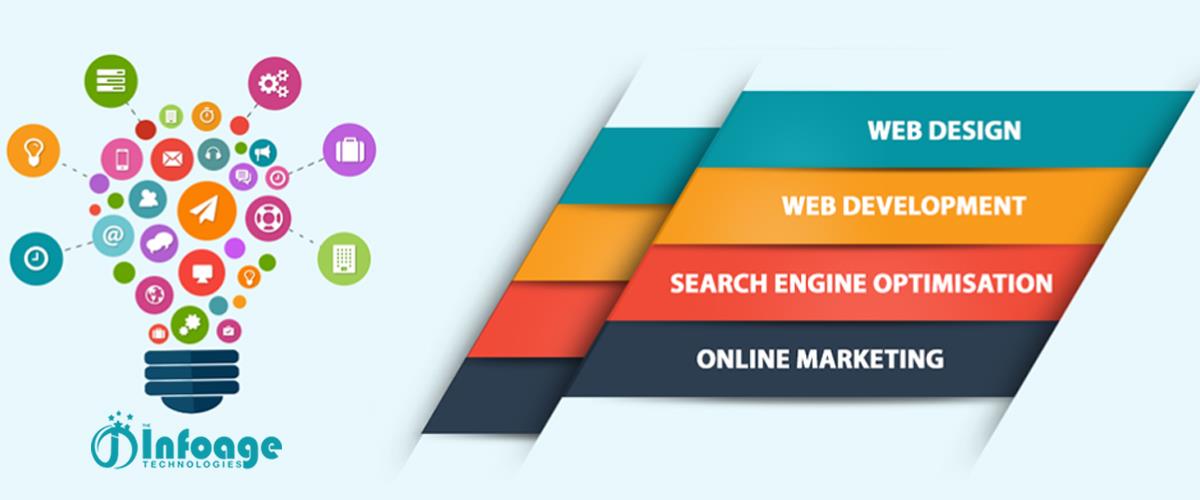Discover how predictive analytics harnesses the power of data to forecast future trends, identify patterns, and empower organizations to make informed decisions that drive growth and innovation.

Predictive analytics is revolutionizing the way organizations leverage data to anticipate trends, forecast outcomes, and make proactive decisions that drive success. By harnessing the power of advanced algorithms and machine learning techniques, predictive analytics enables businesses to unlock valuable insights, mitigate risks, and seize opportunities in dynamic and competitive markets. In this comprehensive guide, we'll delve into the world of predictive analytics, exploring its applications, benefits, challenges, and the transformative impact it has on decision-making and strategy formulation across industries.
1. Understanding Predictive Analytics: Predictive analytics is a branch of data analytics that uses historical and real-time data to forecast future trends, behaviors, and outcomes. By analyzing patterns, correlations, and relationships in data, predictive analytics models generate probabilistic predictions and actionable insights that help organizations make informed decisions and optimize strategies.
2. Applications of Predictive Analytics:
Sales and Marketing Forecasting: Predictive analytics enables sales and marketing teams to forecast demand, identify customer trends, and optimize sales strategies by analyzing historical sales data, customer behavior, and market trends, improving sales forecasting accuracy and campaign effectiveness.
Financial Risk Management: Predictive analytics models assess financial risks, detect fraud patterns, and predict credit defaults by analyzing transactional data, customer profiles, and market indicators, enabling financial institutions to mitigate risks, protect assets, and ensure regulatory compliance.
Supply Chain Optimization: Predictive analytics optimizes supply chain operations, inventory management, and logistics planning by forecasting demand, identifying supply chain disruptions, and optimizing inventory levels based on historical sales data, market demand signals, and external factors.
Healthcare Outcome Prediction: Predictive analytics in healthcare enables outcome prediction, disease prevention, and personalized treatment planning by analyzing patient data, medical history, and genomic information, improving diagnosis accuracy, treatment efficacy, and patient outcomes.
HR and Talent Management: Predictive analytics models predict employee turnover, identify high-performing candidates, and optimize workforce planning by analyzing HR data, employee performance metrics, and demographic trends, enabling organizations to attract, retain, and develop top talent.
3. Benefits of Predictive Analytics:
4. Challenges and Considerations:
5. Future Trends in Predictive Analytics:
AI and Machine Learning Advancements: Advancements in artificial intelligence (AI) and machine learning algorithms enhance predictive analytics capabilities, enabling more accurate predictions, deeper insights, and automated decision-making across industries and applications.
Real-Time Predictive Analytics: Real-time predictive analytics leverages streaming data, IoT sensors, and edge computing technologies to enable real-time insights, predictions, and decision-making in dynamic and fast-paced environments, such as finance, manufacturing, and logistics.
Explainable AI and Model Transparency: Explainable AI techniques improve model transparency, interpretability, and trustworthiness by providing insights into model predictions, decision-making processes, and underlying assumptions, enabling stakeholders to understand and trust predictive analytics outcomes.
Automated Model Development and Deployment: Automated machine learning (AutoML) platforms simplify model development, training, and deployment processes, enabling organizations to accelerate time-to-value, democratize data science, and scale predictive analytics initiatives more effectively.
Viral FAQs:
Are you curious about something? Are you intrested in our any Service or Product? Do you have some kind of problem with our Services or Products?
